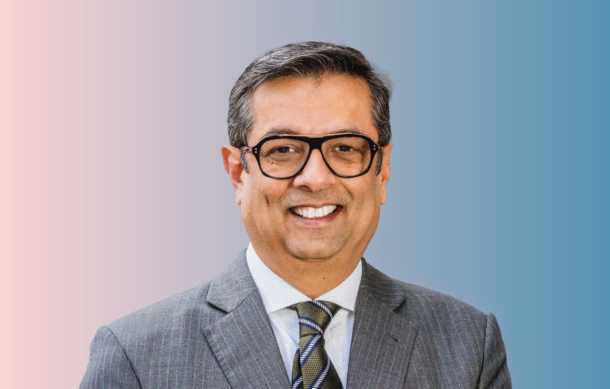In the final quarter of the year, how can pharmaceutical teams make their final budget decisions count? Discover the key trends that emerged in 2024 and learn how to invest to maximise impact
Words by Isabel O’Brien
As the year barrels toward its finish, pharmaceutical marketers and medical affairs teams find themselves faced with familiar decision: how to allocate their remaining budget for maximum impact. The stakes are high, with these final moves shaping the success of the year ahead.
To cut through the noise, we’ve dug into EMJ’s data and enlisted the help of a digital experience expert to pinpoint where pharma leaders should focus their remaining spend, all based on 2024’s defining trends.
A new era of spending: Balancing quality and quantity
While high-volume campaigns aimed at reaching as many healthcare professionals as possible still have their place, as Rob Verheul, CEO, Graphite Digital, explains, many teams have been “focusing on reaching broad audiences with many touch points, rather than creating more targeted interactions”. For others, the spotlight has shifted to personalisation and precision, making each interaction count.
This trend lies within the types email campaigns and content formats marketing and medical teams are after. At EMJ, we’re seeing a rising demand for campaigns targeting specific HCP segments with tailored messages. The top segmentation requests? Geographic location, therapeutic area and specific job roles. While blanketing works, could targeting exceed it?
There is also a growing appetite for interactive articles and case reports, which enhance dwell time and message retention, making them a high-return vehicle for budget spend. When the EMJ tested two versions of the same article—one interactive and one not—we saw a 400% increase in sessions with the interactive version. As such, this tactic is one that all teams should at least consider adding to their toolkit.
The enduring power of KOLs and thought leadership
In a world where trust is currency, it’s no surprise that key opinion leader (KOL) interviews have held steady as one of the most valuable tools in the medical and marketers’ arsenal. Despite the fast pace of digital change, these trusted voices have continued to be a popular choice for budget spend.
As Verheul explains, “KOLs bring credibility and trustworthiness to product information which might be perceived as biased from another source.” Their unique ability to connect with fellow physicians and share insights from their own research adds even more value, he says, making them an indispensable asset in building trust and authority within the industry.
What’s changed in 2024 is how KOLs are now being integrated into broader content strategies. KOL interviews have become more than just standalone pieces—they are increasingly part of larger campaigns, feeding into podcasts, video interviews and even interactive content (through digitally reproduced Q&As and more). This multi-channel integration means that the voices of trusted experts aren’t confined to one format. Instead, they permeate multiple touchpoints, creating more opportunities for engagement.

On-demand content: Turning events into evergreen resources
Another of the most significant shifts this year has been the move toward on-demand content. With US HCPs likely to attend only two congresses a year, according to ZS research, companies are increasingly turning to digital formats that extend the life and reach of their messaging.
“The experience of live learning and congresses can’t be replicated… However, for those who cannot attend, on-demand is a useful way to access valuable content,” notes Verheul. While it may not fully capture the energy of a live event, investing in the video hosting of congress sessions and webinars offers key benefits, allowing HCPs to engage with content at their own pace and preferred level of detail.
Key recommendations for end-of-year spending:
So, what does all this mean for your remaining 2024 budget? Based on the data and insights gathered, here are the key areas to focus on:
- Invest in personalisation: Whether through targeted email campaigns or more bespoke content formats, personalisation is the way to stand out from the crowd and meet the needs of HCPs.
- Embrace credible formats like KOL interviews: These formats remain among the most trusted by HCPs and should be a priority for year-end spending. It’s well worth leveraging the authority of a KOL.
- Leverage on-demand content: Extend the value of your content by investing in hosting solutions that allow HCPs to access educational materials at their convenience.
By aligning strategies with these emerging trends, marketing and medical affairs professionals can optimise their budgets and maximise the impact of their efforts as they finish up 2024 and move into the year ahead.









